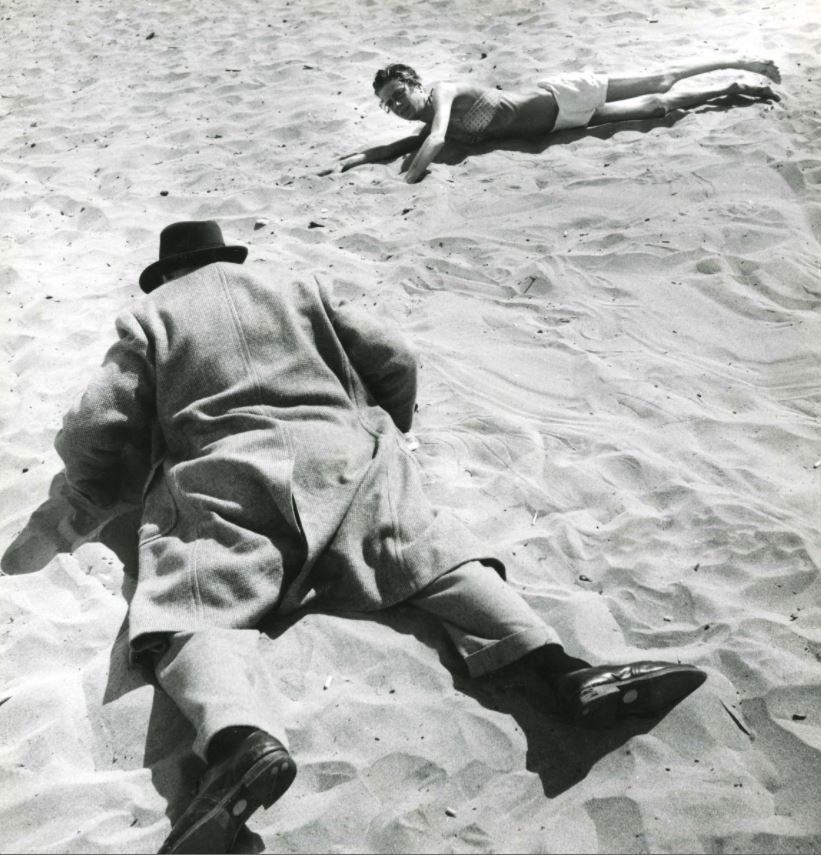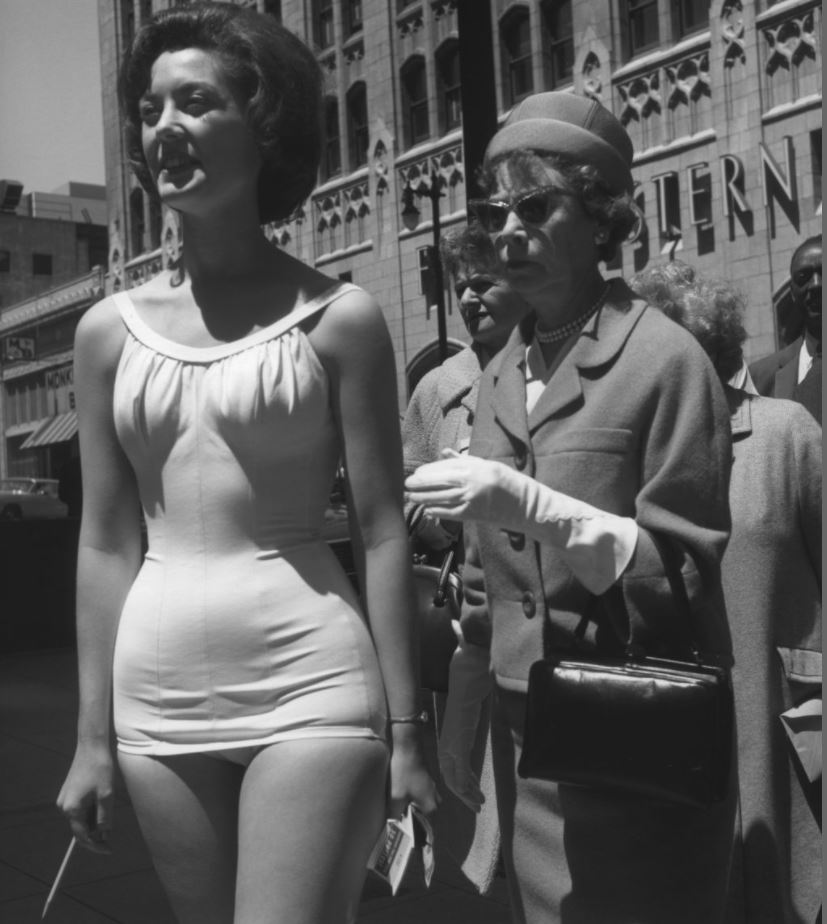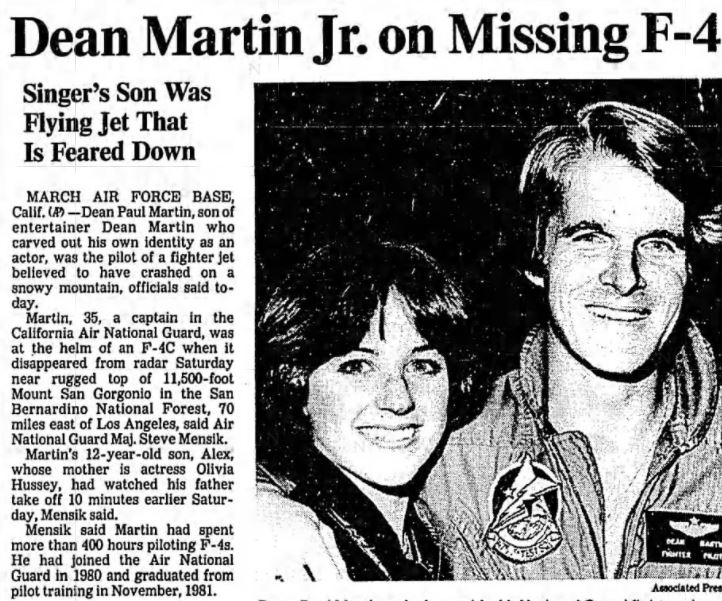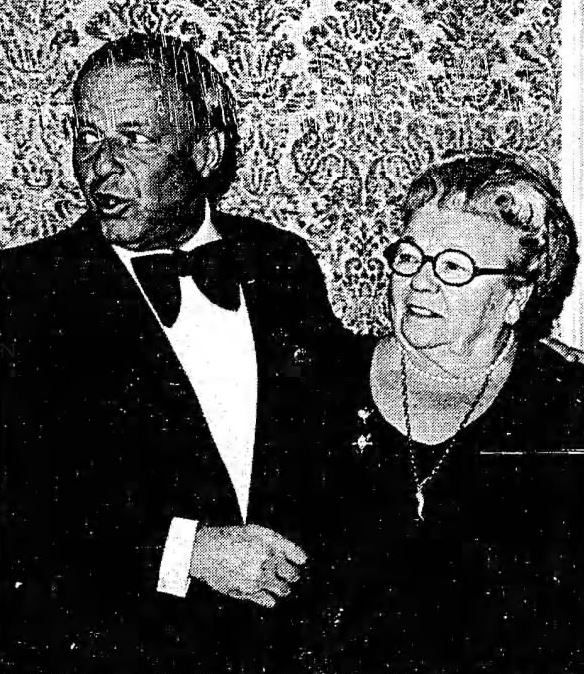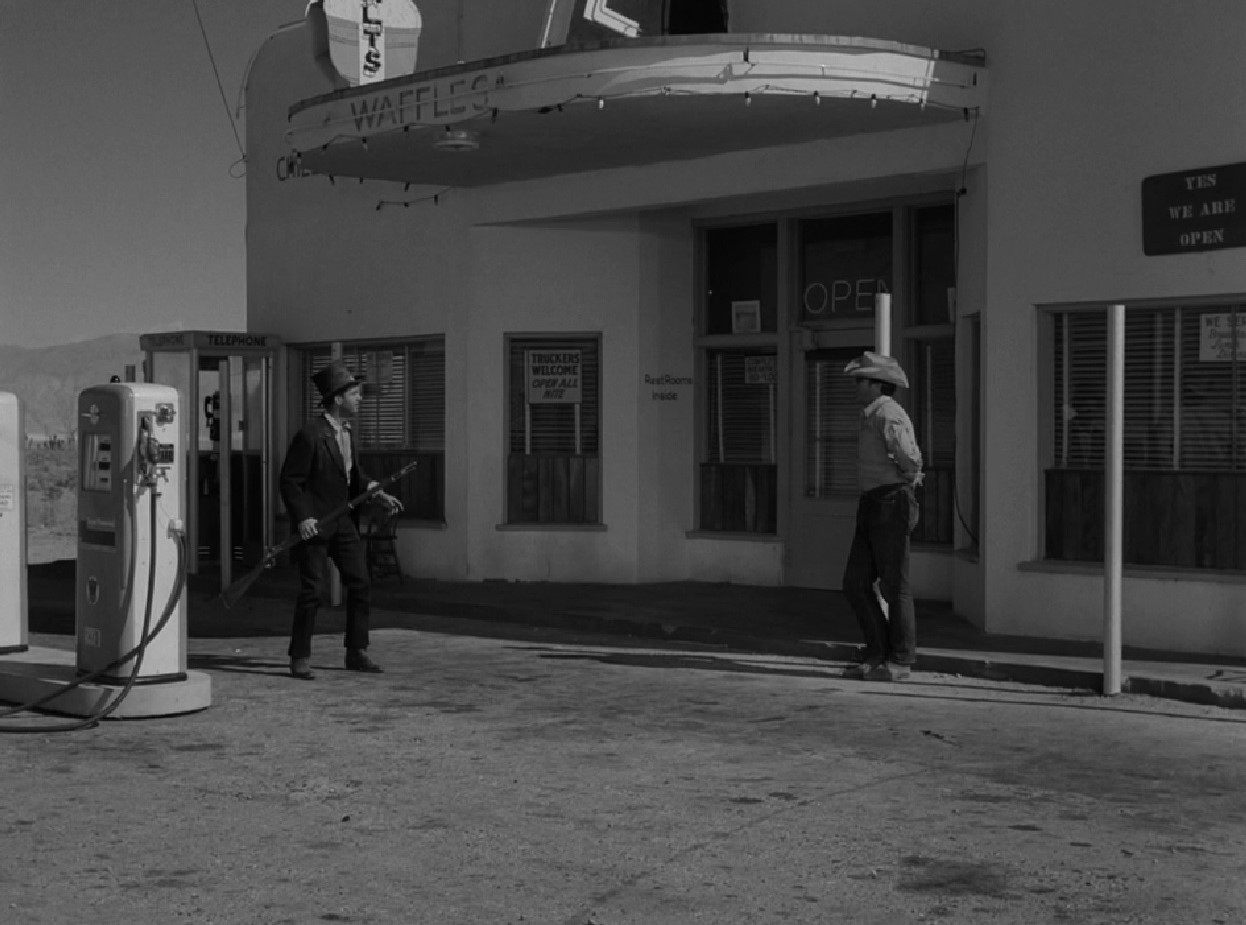His name doesn’t provoke instant recognition to the photo layperson like Diane Arbus’ name does, but Arthur Tress has been diligently putting out fantastic images for the last half-century-plus that have some of the same nightmare-ish quality. This first photo, Flood Dream, is a part of a series in a book called Dream Collector 1972 book, in which “children shared [with Tress] common nightmare scenarios such as falling, drowning, and being trapped, chased by monsters, or humiliated in the classroom.”
Author: Lee Wallender
-

Kelsey Grammer’s Father’s Murder
Kelsey Grammar has had a legendarily disaster-ridden life. Some tragedies were brought on by himself: DUIs, car crashes, jail time, conniving spouses. But others are seriously life-rocking tragedies that the universe rained down on him, no fault of his own.
There is, of course, the familiar story of the abduction, rape, and murder of Grammer’s sister, Karen, in 1975, by Freddie Glenn and two accomplices. Due to Grammer’s advocacy for Karen’s memory and his efforts at preventing Glenn from being released in 2009, that story is well-known.
Also, on July 24, 2020, Grammar’s daughter Spencer was slashed by a knife-wielding man in a restaurant in New York, as she and a companion tried to pull the suspect off another person.
One of Kelsey Grammer’s tragedies, though, hasn’t been publicized in as much detail. On April 24, 1968, Kelsey Grammer’s father, Frank Allen Grammer Jr., was murdered. Contemporary news reports said that Grammer’s father was murdered by a “virulently anti-white” man, Arthur Bevan Niles, as part of a nearly month-long frenzy of racially motivated violence.
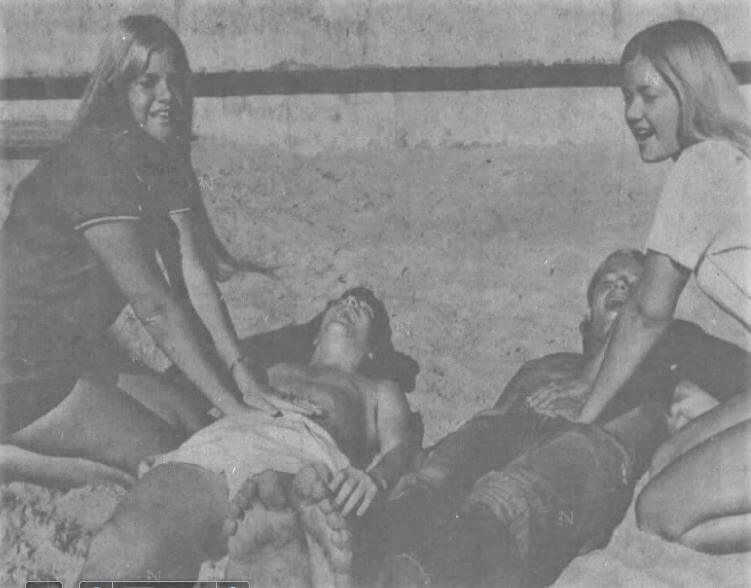
16-year-old Kelsey Grammer with friends, three years after his father’s murder (Ft. Lauderdale News, September 4, 1971) Frank Grammer Moves to U.S. Virgin Islands

“Virgin Islands View,” August 1966, published and edited by Kelsey Grammer’s father, Frank Grammer The Grammers have always imprinted a big mark on this world. Kelsey’s grandfather Frank A. Grammer Sr. (1906-1976) and grandmother Edna Grammer (d. 1948), for many years were active, well-liked residents of the the Ocean Grove, New Jersey community, residing in a spacious house just three blocks from the beach, at 63 Cookman Avenue. Then, in 1948, Edna Grammer died on the operating table at age 39, leaving behind her husband and one son, Frank A. Grammer, Jr., age nineteen. Frank Grammer Sr. would become Dean of Admissions at Newark College of Engineering and would marry one of the secretaries at the school, Wilma Horster.
Six years later, in 1954, his son, Frank Grammer Jr. moved from Hopatcong, New Jersey to St. Thomas U.S. Virgin Islands.
Frank Grammer, now 25 years old, carved out a big life for himself: setting up a music store, publishing a local newspaper called “Virgin Islands View,” and otherwise becoming a prominent, sometimes controversial, figure in Charlotte Amalie, by “publishing strong attacks on what he termed were ‘local insanities,’” according to an April 26, 1968 newspaper account.
For 12 years, Frank Grammer lived and prospered in St. Thomas. Then an event happened nearly 2,000 miles away that would eventually mean the death of Frank Grammer. On April 4, 1968, Martin Luther King, Jr. was shot and killed in Memphis, Tennessee.
Niles’ Long River of Crime
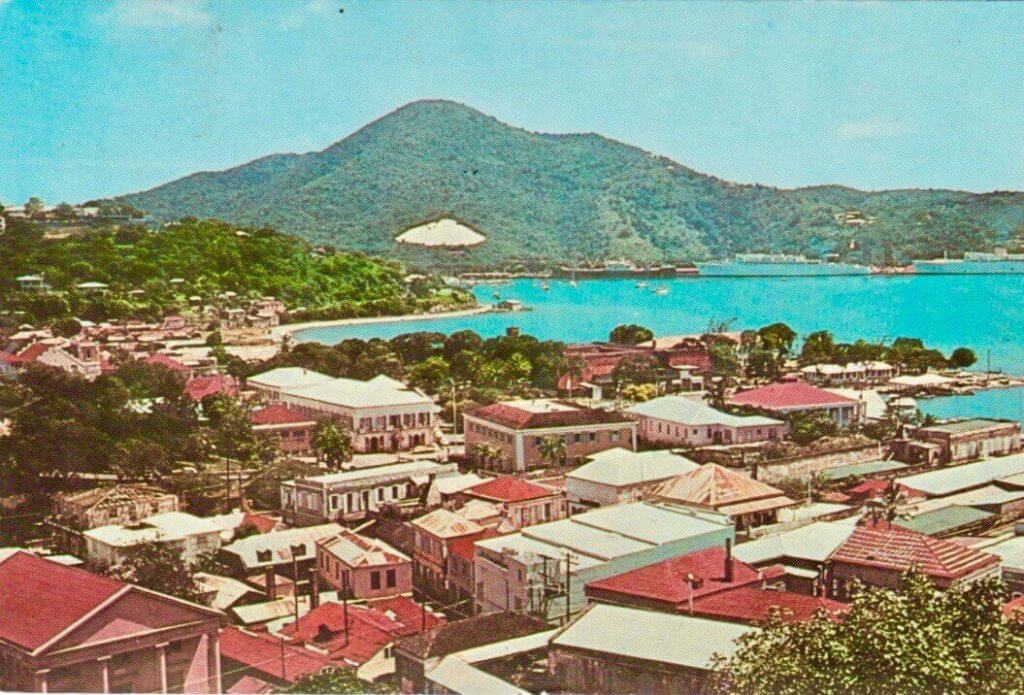
Charlotte Amalie in 1968 On April 9, the date of King’s funeral, U.S. Virgin Islands resident Arthur Bevan Niles (b. 1939), a taxi driver and a “virulently anti-white islander,” painted his taxi with racist slogans. According to a newspaper report dated April 26, 1968, Niles’ “cab was ordered off the streets [by police] because it was covered with such statements as ‘Kill the white pigs.’”
Niles also tried to burn down a house and two rental cars at the Cyril E. King Airport (then named the Harry S. Truman Airport). In addition, Niles placed a bomb in the St. Thomas offices of the International Telephone and Telegraph, Co. The bomb did not explode.
Niles ended up at Frank Grammer’s house in the middle of the night, April 24, 1968. Niles set fire to Grammer’s car in order to lure him outside. When Grammer stepped outside to see why his car was on fire, Niles shot Grammer, killing him. Arthur Bevan Niles was captured. On February 10, 1969, the USVI district court decided that Niles was not insane and thus was able to stand to trial. But because Niles was “suffering from paranoia,” Niles should not be allowed to represent himself in court and counsel should be appointed to him.
Niles Threatens to Kill Judge
At an unknown date, possibly 1994, Arthur Niles was released from prison and ended up in Randallstown, Maryland, in the Washington, DC area. Niles’ son, Navaldo “Rico” Niles, lived in that area. Rico was born on April 9, 1968, about two weeks before Arthur Niles began his rampage.
In 2002, District Judge Richard A. Cooper issued a restraining order to prevent Niles from having contact with the 34 year-old Rico. In response, Niles wrote a threatening letter dated November 13, 2002 to Judge Cooper saying, in part, “Then, I would have to come back to Maryland to kill you, your honor.”
At a November 22 bail hearing, Niles said:
Just keep me in a jail where I can be safe and you can be safe. Or put me in the gas chamber. I do not deserve to live because I have killed people and I am not sorry for what I did. I would be content and happy to be in jail, if you could find a cell for me to be alone.
A few days earlier, Niles had been arrested at the Lowe’s Home Improvement in Waldorf, Maryland, in the company of Rico for violating the restraining order. In court, Niles claimed that the restraining order characterized him as a child abuser.
In his defense, Niles said, “I’m a killer, not a child abuser.”
Arthur Bevan Niles Today

Arthur Bevan Niles, September 15, 2014 
Arthur Bevan Niles, June 21, 2015 Arthur Bevan Niles is still alive. Niles’ wife, Jean Niles, of Newton, North Carolina, died on November 30, 2013, and the obituary states that Mrs. Niles was survived by her husband of 52 years, Arthur Niles of St. Thomas, VI.
Arthur Niles’ son, Rico, posted in 2015 that his father is “highspirited and healing” after an unspecified medical procedure. Some healing between Rico and his father may have occurred, because Rico posted on his Facebook that he loved his father and wished him the best after recovering from that operation.
Navaldo “Rico” Niles battled heart disease and died on August 3, 2016.
-

Bizarre Tale of Two Rat Packers Bound By One Mountain

The Rat Pack defined Hollywood and Las Vegas 1950s cool: Dean Martin, Frank Sinatra, Sammy Davis, Jr., Joey Bishop, Angie Dickinson, and more. They played together, they partied together, and their legacy lives on today.
Two of the most prominent members were Frank Sinatra and Dean Martin, both singers and all-round entertainers. Frank Sinatra, of course, is most remembered today, and you’d have to be a person of a certain age to remember Dean Martin’s towering presence in those days. Both were giant. And both would be brought together some twenty years later by a mountain in Southern California: Mt. San Gorgonio.

On January 7, 1977, Frank Sinatra’s mother, Dolly Sinatra, left her Palm Springs home, where she had been living in her son’s compound since the death of her husband, Martin Sinatra, and took a Learjet to Las Vegas.
The 82 year-old flew with friend Mrs. Anthony Carboni and the pilot and co-pilot, leaving Palm Springs at 4:55 pm, destination being Frank’s show at Caesar’s Palace that night.
Three minutes later, Mrs. Sinatra’s jet was still on flight control’s radar screens; a minute later, it was gone. Her jet apparently crashed at the 8,000 foot level on Mt. San Gornonio in heavy weather.
Frank was informed of his mother’s death shortly before his 9 pm show but he still went on. Sinatra’s agent, Lee Solters, said, “Of course he reacted. But he went on anyway. Yeah, and he sounded great.” He did the full 45 minute show before the crowd of 1,500, never mentioning his mother’s death, and even did two standing ovations. A few hours later, he did his second show.
Then, just 11 years later, on March 21, 1987, tragedy would once again strike the duo. Dean Martin’s son, 35 year-old Dean Paul Martin, Jr., a member of the California Air National Guard, was piloting an F-4C in the region. Only 10 minutes after taking off, his jet slammed into the top of that same mountain, killing him and his co-pilot.
-
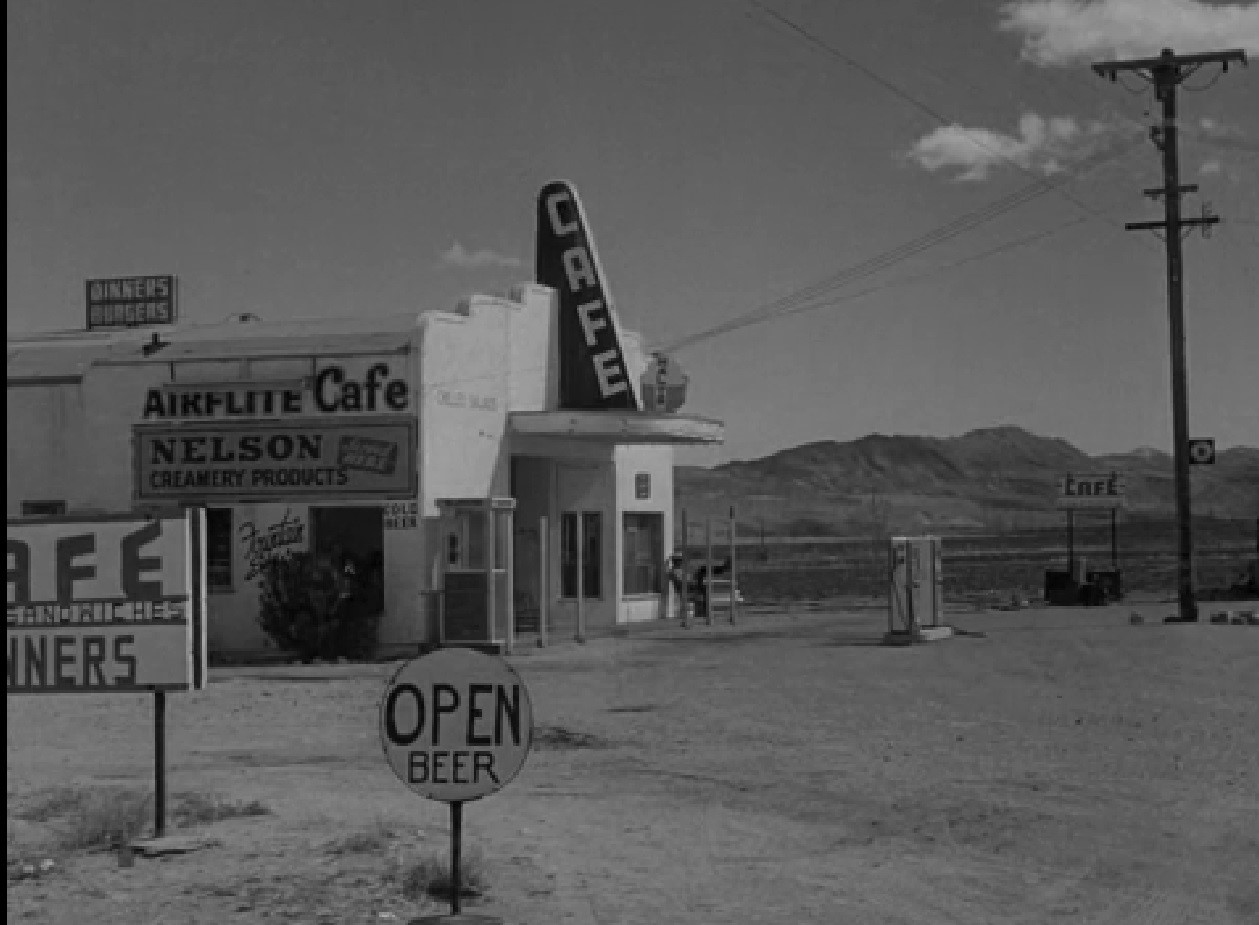
The Real-Life Airflite Cafe from Twilight Zone’s “100 Yards Over the Rim”
In Twilight Zone’s second season show, “A Hundred Yards Over the Rim” (1961), Christian Horn, the leader of a wagon train from 1847, leaves the party to help his ill son. What he finds is present-day, early 1960s New Mexico. The center of the action is the Airflite Cafe. Recently, I was amazed to learn that the Airflite Cafe is still standing.
Begin with the scene from the show.

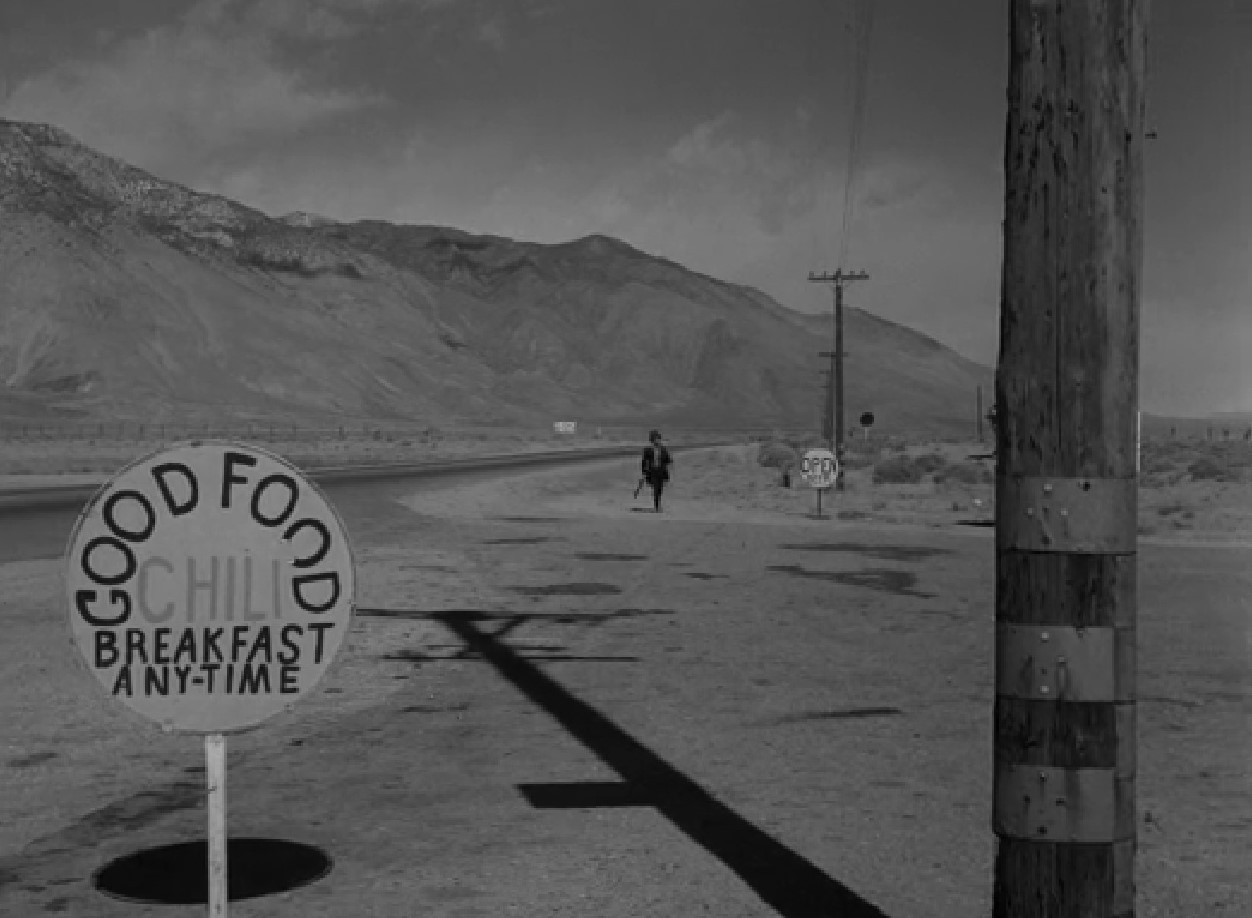
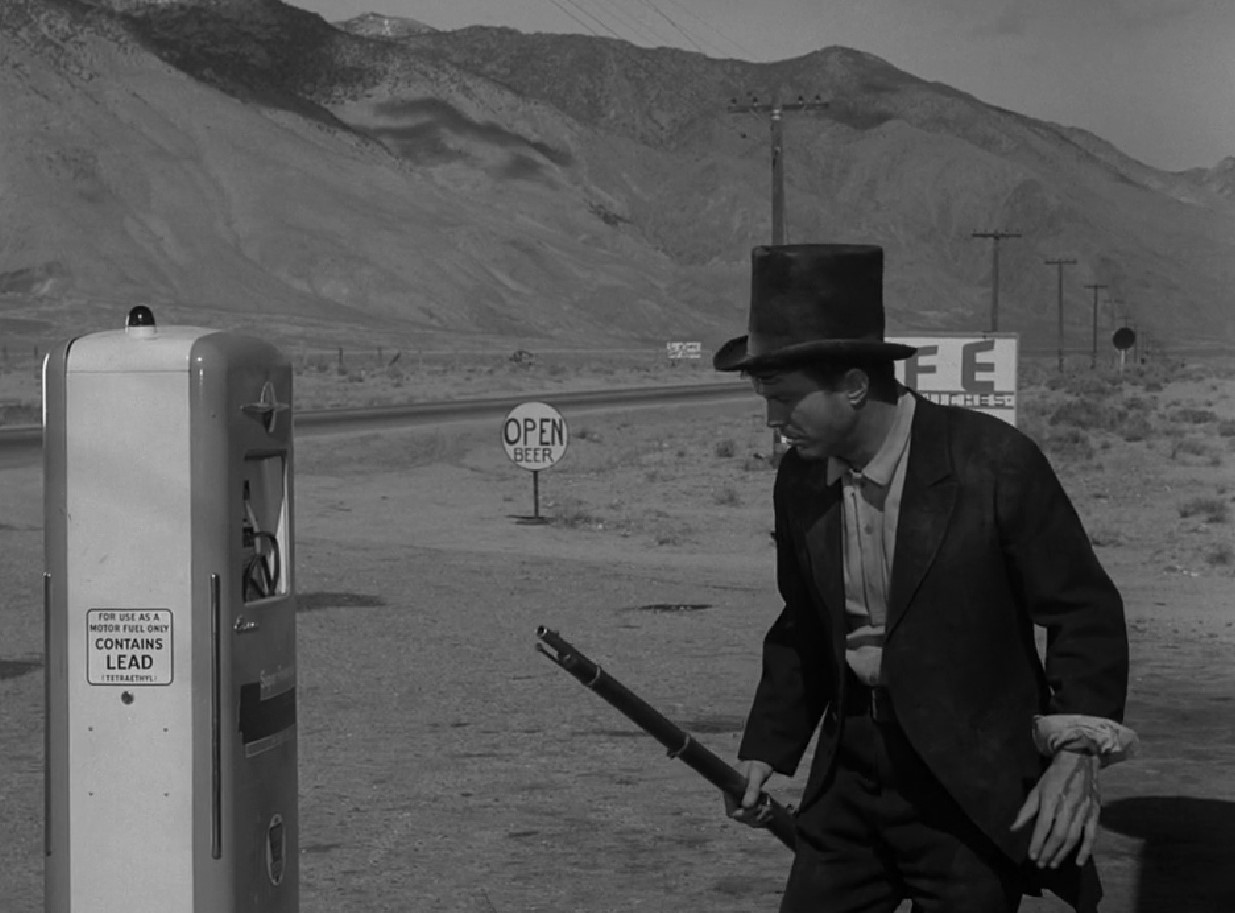
Airflite Cafe Today
Located on the Eastern side of the Sierra Nevada Mountains, just off of US 395, near Olancha and Grant California, its exact address is 2010 S. Hwy 395. Without a doubt, the building is the same. You can match the facade–three dormer windows above the door, two on each side, then another two–with the facade in the show. Then there is the rounded porte cochere that matches. The wood sidewalk today is likely covering the concrete walkway from the show.
From a CalTrans historic property survey:
The property is a large, single-story commercial building constructed in 1948 as part of John Grant’s tourism and highway service developments. Gene Christensen later acquired the building and operated the Southern Inyo Garage and Store. The building is fairly plain, but the curvature of the false front and the pylon evoke a reference to the art moderne style. By 1957, the building was remodeled and converted to the Airflight Café, and eventually became the Stagecoach Inn. The restaurant closed in 1975, after which it was remodeled to serve as a market.
It appears that by December 2022, a CalTrans project called the Olancha Cartago 4 Lane Project will move Hwy 395 a few miles west, effectively cutting off the Airflite Cafe from easy access.
-

Alex Prager’s Cinematic Dreamspaces
I will not name the well-established artist who I’m sure Alex Prager’s work is often compared to, but I will say that, like that artist, she does spin off of vintage cinematic ideas. As MOMA’s bio says, she takes cues from Douglas Sirk and Alfred Hitchcock.

Irene 2010, Alex Prager Great access point to her work, but she takes it further. It’s like what Hitchcock or Sirk would have done if the studios had let them slow down and wallow in the moment, instead of racing ahead with the narrative.

Alex Prager Compulsion
